The Top Boat Plumbing and Ventilation Problems and Solutions.
Boating is one of the most relaxing and enjoyable activities you can do on the water, whether you’re cruising on a tranquil lake, fishing in the open ocean, or exploring a river. However, boats are subject to plumbing and ventilation issues that can impact the overall experience and safety on the water. Understanding these common problems and the solutions available, along with knowing which products to use, can help boaters avoid disruptions and ensure a smooth sailing experience.
We will cover common plumbing and ventilation problems encountered on boats along with the solutions to these issues. We will also touch on the best products that can help prevent or address them as well. Let’s dive into these crucial aspects of boating maintenance and safety.
Common Plumbing Problems on Boats
Boats are equipped with various plumbing systems, including freshwater and wastewater systems, bilge pumps, and even air conditioning systems that involve complex plumbing and venting. Over time, these systems can experience wear and tear, leading to several common problems.
1. Clogged or Blocked Toilets
One of the most common plumbing issues on a boat is clogged or blocked toilets. This issue usually appears when improper items (like non-biodegradable materials or excessive toilet paper) are flushed into the marine sanitation system. It’s important to note that boat toilets often rely on marine-grade plumbing systems. These systems are more delicate than home plumbing systems.
Solution:
- Use a Marine Toilet Specifically Designed for Boating: Ensure your boat’s toilet is marine grade and designed to handle the unique conditions of a boat and the water pressure changes. A macerating toilet, for example, breaks down waste into smaller pieces for easier disposal.
- Install a Clog Prevention System: Install a clog prevention system that ensures waste is ground down into smaller particles. This will reduce the risk of blockages.
- Regular Maintenance: Clean and maintain the toilet on a regular basis. Use a marine toilet cleaner to keep the system free of debris and minerals.
- Proper Waste Disposal: Educate passengers on the proper use of boat toilets. Do not flush non-biodegradable items or excessive toilet paper.
2. Leaking or Burst Pipes
Leaking pipes or burst plumbing hoses are another common issue boaters face. Over time, the plumbing pipes on a boat can degrade, crack or get damaged. This is especially true when exposed to salty, corrosive water or freezing temperatures.
Solution:
- High-Quality Hose and Fittings: Replace any cracked or deteriorated hoses with high-quality marine-grade hoses and fittings, designed to withstand harsh marine conditions.
- Waterproof Sealants: For minor leaks, use a marine-grade waterproof sealant. These are typically designed to bond well with plastic, metal, and rubber.
- Routine Inspections: Regularly inspect all plumbing lines and make sure to check water intake and discharge hoses, and tanks, for signs of wear or leaks.
3. Sewage System Issues
A malfunctioning sewage system can lead to a variety of problems that may include unpleasant odors, blocked lines or even sewage backup. This can be a serious problem, especially on longer trips and voyages where access to a pump-out station may not be possible.
Solution:
- Install a Vacuum Flush Toilet: This type of toilet creates a vacuum that allows waste to be quickly removed from the boat's waste system, reducing the risk of clogs.
- Maintain Sewage System Regularly: Pump out sewage waste at marinas regularly. Ensure the system is flushed out with clean water to prevent any residual waste buildup.
- Invest in a Marine Sanitation Device: For boats in areas where pump-out stations are unavailable, a marine sanitation device (MSD) can be an essential piece of equipment. MSDs treat sewage, reducing odors and allowing for safer disposal.
4. Water System Pressure Loss
Another frustrating plumbing issue on boats is a sudden loss of water pressure in the freshwater system. This can happen for several reasons, including faulty pumps, airlocks in the system, or leaks in the water supply lines.
Solution:
- Check the Water Pump: Inspect the water pump regularly to ensure it’s in good working condition. A faulty pump can cause pressure loss and lead to problems.
- Airlock Removal: If you suspect an airlock, try bleeding the water system. Most boat water systems have a valve or release point to allow air to escape.
- Upgrade to a Variable Pressure Pump: These pumps automatically adjust the pressure based on the demand for water, ensuring consistent water pressure and reducing wear on the pump.
Common Ventilation Problems on Boats
Ventilation on boats is just as important as plumbing. Poor ventilation can lead to unpleasant odors, mold growth, and even dangerous levels of carbon monoxide. Understanding common ventilation problems and how to address them can improve air quality, comfort, and safety on your boat.
1. Stale or Musty Odors
A common ventilation issue on boats is the buildup of stale or musty odors in the cabin. This happens often in enclosed spaces like the bathroom or kitchen. These odors are caused by poor airflow or excess moisture in the air. This situation can promote the growth of mold and mildew.
Solution:
- Install Proper Ventilation Fans: Properly placed exhaust and intake fans can significantly improve airflow on your boat, preventing the buildup of moisture and odors. Consider adding a vent fan in the galley, bathrooms, and even sleeping quarters.
- Use a Dehumidifier: A portable dehumidifier can help reduce humidity levels in enclosed areas, which prevents mold and mildew from developing.
- Regularly Clean Vents and Ducts: Over time, vents and ducts can become clogged with dust, debris, or even mold. Clean them regularly to ensure airflow is not restricted.
2. Condensation and Mold Growth
Condensation is a major issue on boats, especially in cooler climates or when the boat is stored for the winter. Moisture in the air can condense on surfaces, leading to mold and mildew growth, which can be a health hazard.
Solution:
- Proper Insulation: Insulate areas where moisture is likely to accumulate, such as the hull, ceiling, and floors of the cabin. This helps prevent condensation from forming.
- Install Ventilation Hatches: If your boat doesn’t already have them, installing small ventilation hatches or windows can improve airflow and reduce moisture levels.
- Use Mold Inhibitors: Mold-resistant products can be applied to the surfaces of your boat to prevent mold growth.
3. Carbon Monoxide Build-Up
Carbon monoxide (CO) is a deadly gas that can accumulate on boats, especially in poorly ventilated engine rooms. In high concentrations, carbon monoxide can cause suffocation, unconsciousness, or even death. This is a high priority issue that must be resolved. All boaters should be aware of the incredible danger of this silent killer.
Solution:
- Install Carbon Monoxide Detectors: Carbon monoxide detectors should be installed in all areas of your boat where people sleep, as well as near the engine or exhaust systems.
- Ensure Proper Exhaust Ventilation: Make sure the engine’s exhaust system is functioning properly and that there are no blockages in the exhaust vents. This will help keep CO from building up in the cabin.
- Regularly Service the Engine: Have your boat’s engine regularly inspected and maintained to ensure that the exhaust system is operating efficiently.
4. Overheating Air Conditioning Units
Air conditioning is essential to keeping the cabin cool. However, air conditioning units on boats can sometimes overheat due to poor ventilation or a lack of routine maintenance.
Solution:
- Regularly Clean Air Filters: Just like any HVAC system, the air filters in your boat’s air conditioning unit need to be cleaned or replaced regularly. Clogged filters can lead to overheating and reduced performance.
- Install Ventilation Fans Near AC Units: To improve airflow and prevent overheating, install additional ventilation fans in the area around your air conditioning unit.
Essential Products to Improve Boat Plumbing and Ventilation
To prevent and solve plumbing and ventilation problems, certain products can help ensure that your boat operates smoothly.
Plumbing Products
- Marine Toilets: Marine macerator toilets are a great investment to avoid blockages and ensure proper waste disposal.
- High-Quality Hoses and Fittings: Look for marine-grade hoses that are durable, flexible, and resistant to cracking.
- Marine Sanitation Devices (MSD): An MSD helps treat sewage waste onboard and make it easier to dispose of.
- Water Pumps: Upgrade to a high-quality, variable pressure water pump for consistent water flow.
Ventilation Products
- Ventilation Fans: Invest in quality exhaust and intake fans to improve airflow and prevent musty odors.
- Dehumidifiers: Small, portable dehumidifiers can help maintain low humidity levels on your boat.
- Carbon Monoxide Detectors: These are essential for ensuring that your boat is safe from dangerous CO build-ups.
- Air Conditioning Units and Filters: Regular maintenance of your AC units, along with high-quality filters, is essential for cooling comfort.
Conclusion
Boating plumbing and ventilation systems are integral to the comfort and safety of everyone onboard. By understanding the common problems associated with these systems and investing in the right products, you can ensure that your boat remains in top condition. Whether it’s addressing clogged toilets, leaks, or ensuring proper airflow to prevent mold and dangerous gases, the right solutions and products can make your boating experience more enjoyable and stress-free. Regular maintenance, coupled with the use of high-quality marine products, will ensure your boat remains a safe and comfortable environment for all your water adventures. All these products can be bought at the CycloneSale.com Marine Megastore.
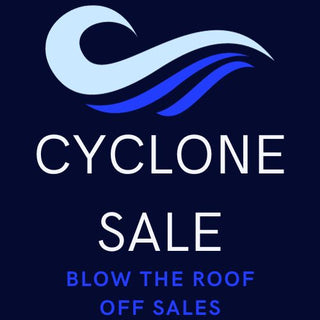












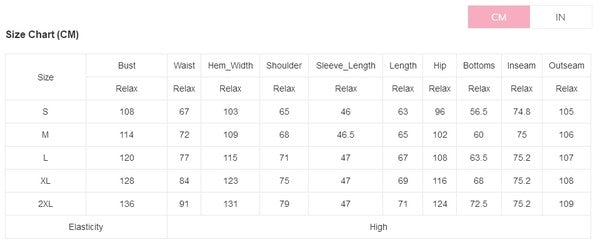

















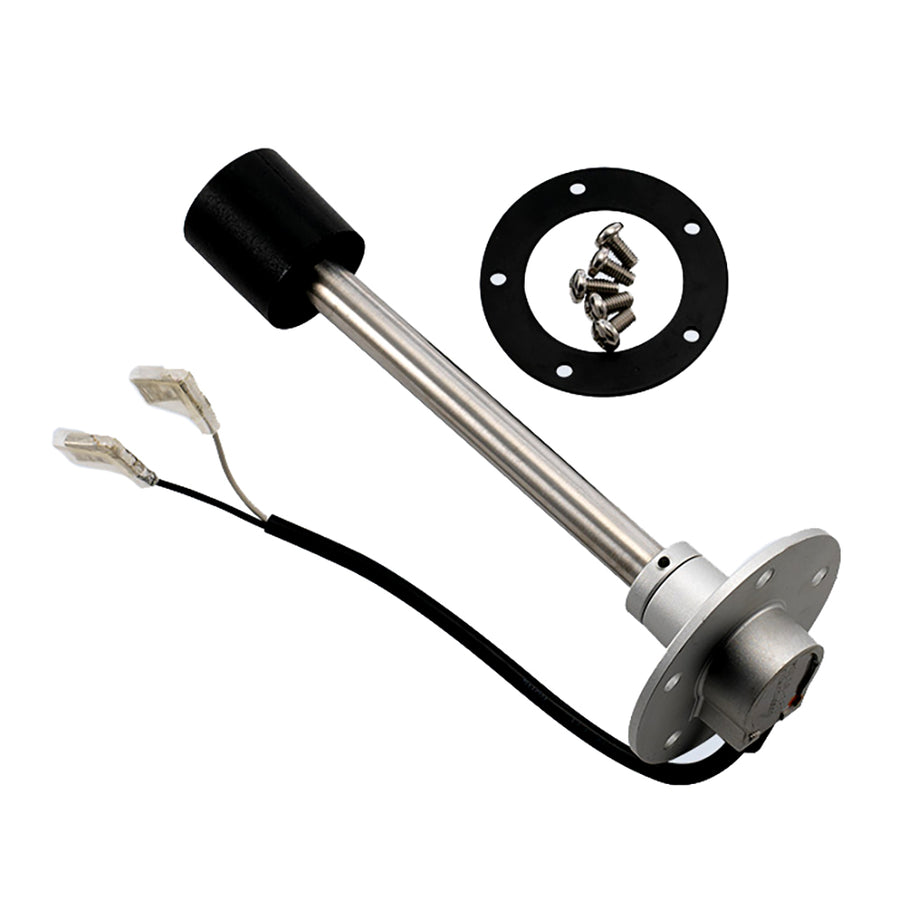

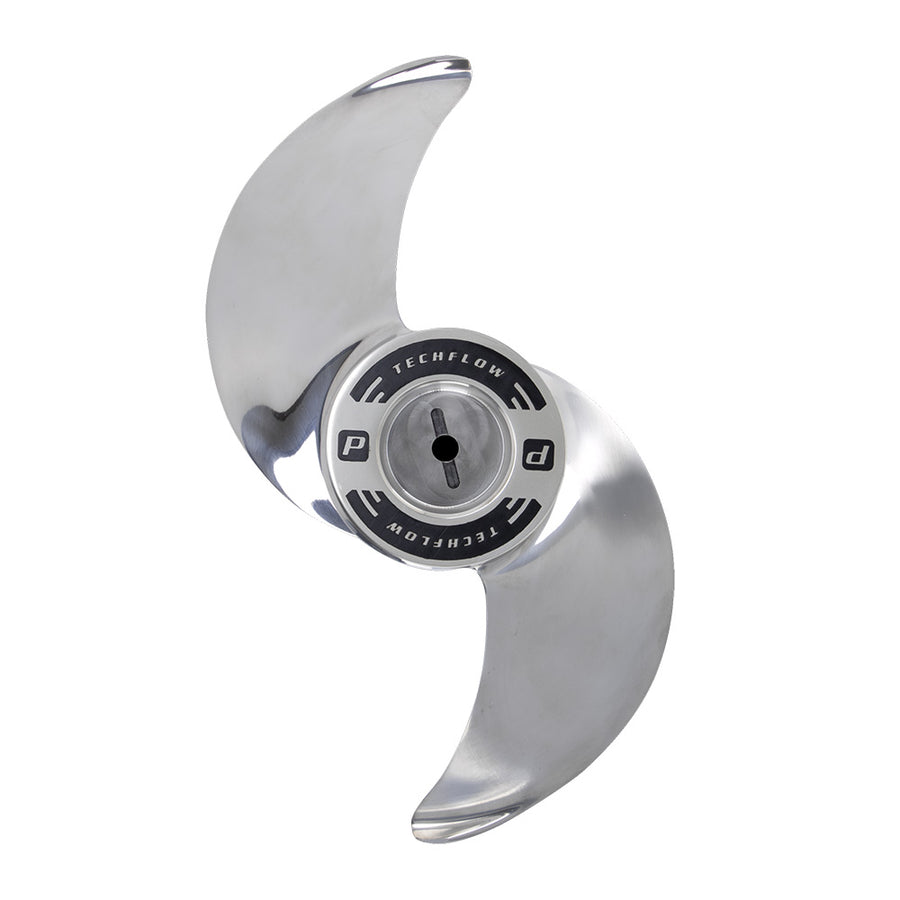
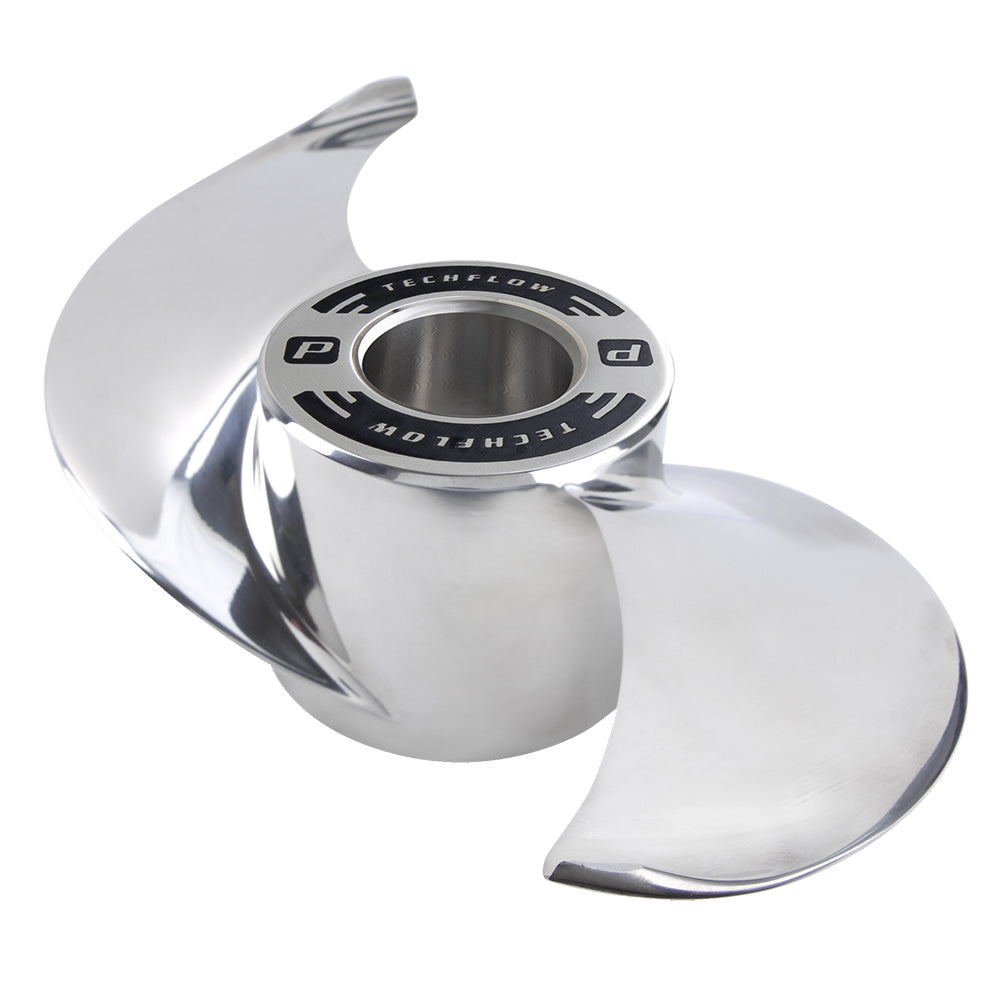










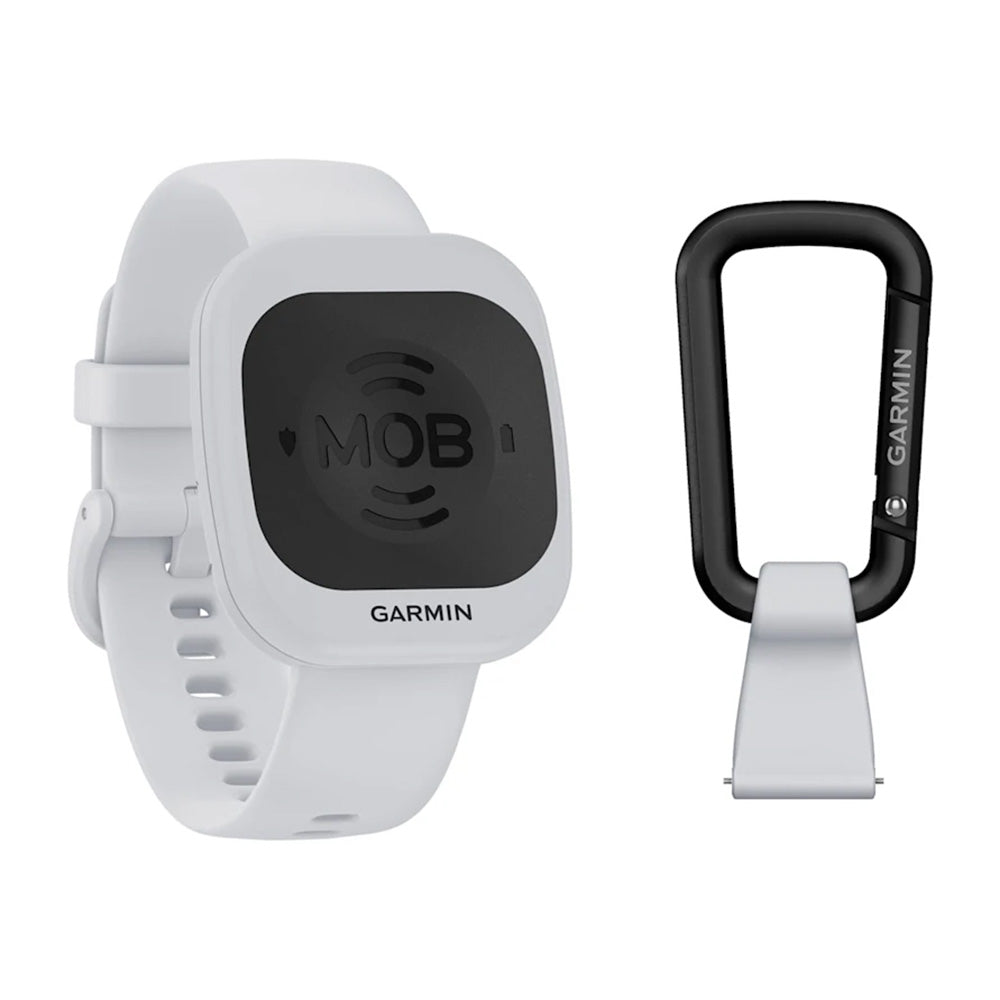




Leave a comment